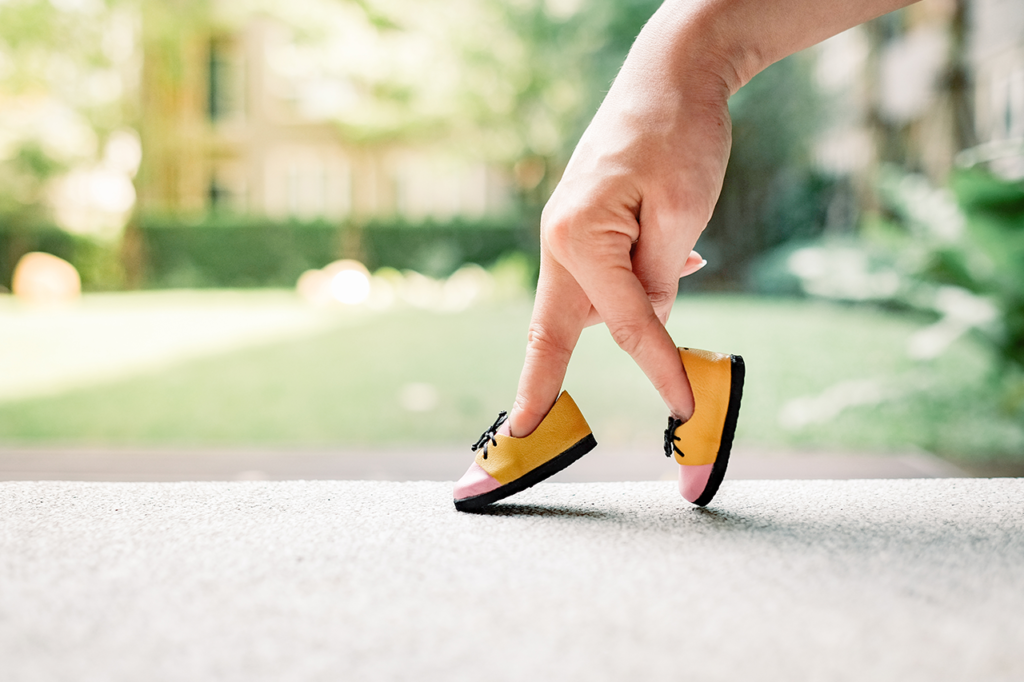Rubbing the Elbows: How to Prevent Pain in Elbows and Fingers
Whatever our age and occupation in life, we use our hands. When we brush our teeth, drive a car, replant flowers, send an email, our elbows and fingers do the work. When something goes wrong with them, this affects the quality of our life. Here is how you can take care of your elbows and fingers.

What Causes Pain in Hands and Arms
There are several issues which can cause pain in elbows and fingers: those which are related to joints such as osteoarthritis, rheumatoid arthritis, gout; those, which are related to ligaments, such as tendinitis (ligament inflammation) and tenosynovitis (tendon sheath inflammation); as well issues with injured or pinched nerves, such as carpal tunnel syndrome and cubital tunnel syndrome which causes numbness of hands or forearms. Moreover, pain in hand can be a signal of problems in other areas. For example, a pinched nerve in your neck can cause pain in any part of the arm, according to the orthopedic surgeon, William Seitz, MD. It’s natural to feel slight pain after a physical exercise, but there is a way to determine if something is wrong:
– Slightly press on a joint, which causes you discomfort. Do you feel pain?

– Is it inflamed (reddened)?
– Is it swollen or stiff?
– How would you rate pain on a scale from 1 to 10 (with 1 being minimal discomfort and 10 being the worst pain you’ve ever experienced)?
According to surgeons, if you answered “yes” to the first three questions or if your pain level is in the upper half of the pain scale, i.e., from 6 to 10, then you need to see a doctor.
Joints Mobility Exercises
You can start doing exercises for elbows and fingers only after your doctor has identified the problem and determined the treatment. But some exercises will work as prevention as they will help to provide for joints mobility.
The rules for doing therapeutic exercises are as follows. Don’t start exercising earlier than two hours after a meal. Spend 4-10 minutes for warming up. Take breaks during your workout to drink water and control breathing to provide your body with enough oxygen.
You can start with a simple exercise. Stand up with your feet spread shoulder-width apart, put your hands in front of you. Then spread your arms to the sides — increase the range of motion gradually, the exercise should not cause you pain.
Then imagine that you hold poles for Nordic walking in your hands. Move your arms, bent at the elbows, back and forth. Then take any object which you can hold comfortably and try to bend and extend the joint. Any movement would work; the most important is to control the intensity of exercise: the object which you have chosen should not be too heavy as you need to increase the intensity gradually for delicate training of your joints.
Bend your arm 90 degrees and move forearm in circles, which will improve the blood flow and nerve response. This can also be achieved by the following exercise: take small balls and roll them in your hand. It will help to improve the mobility of both the elbow and fingers. Do each exercise 10 times, but don’t overdo it. If you feel pain, do no more than five or eight reps.
Here are some simple exercises for wrists. Clench your hand into a tight fist and immediately unclench. Then clench the hand into a fist and hold on for 3-5 seconds. Next stage: clench into a tight fist, hold on for 5 seconds, unclench and stretch your fingers for 5 seconds. Make 15-10 reps of each exercise and do it regularly, for example, several times per week. Regular exercise will help you feel better in a couple of weeks. If you continue exercising, you will be able not only to do manual work without pain but also to sew, stitch, do the gardening or cook culinary masterpieces without any discomfort in your joints!
What to learn more? Read here:





